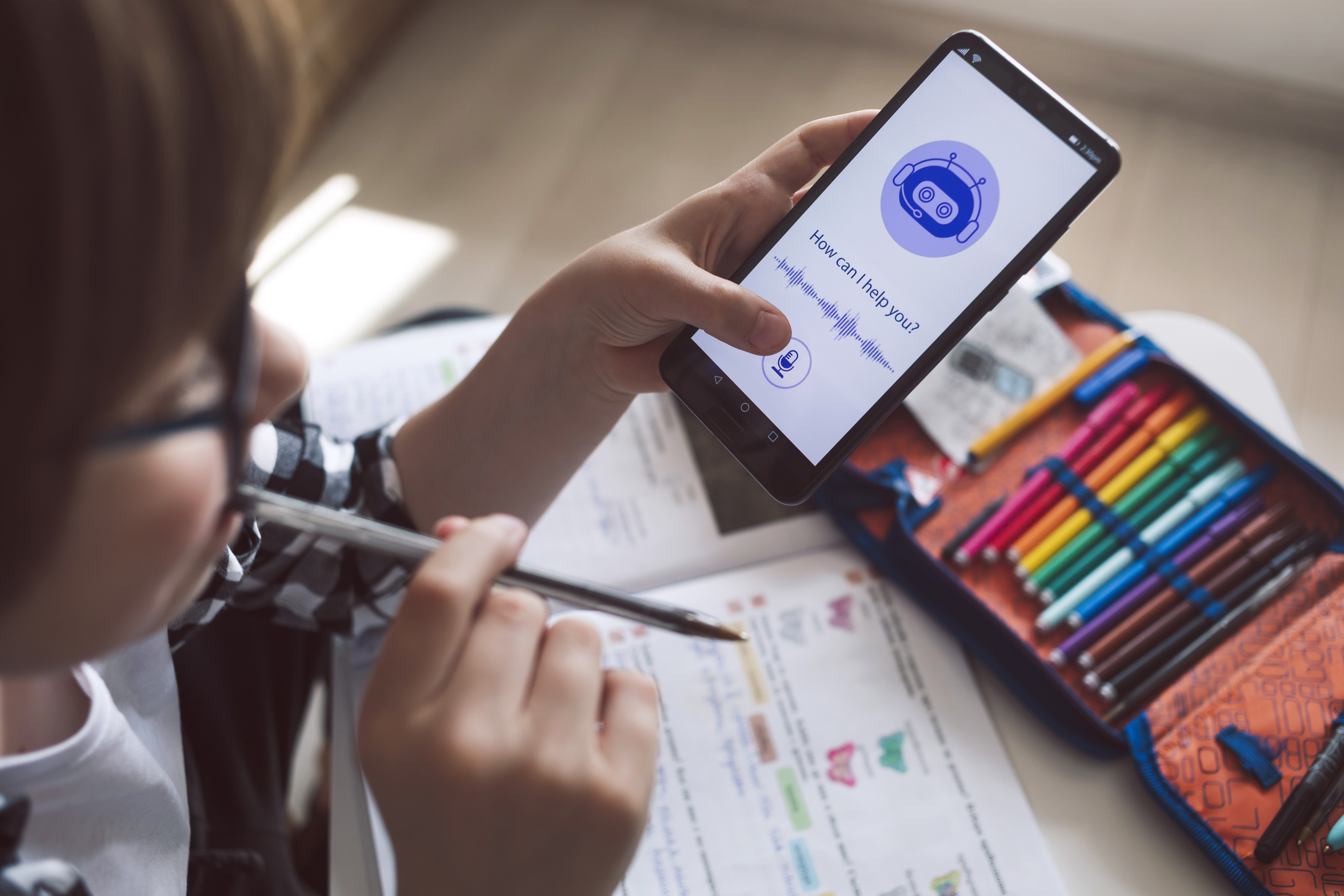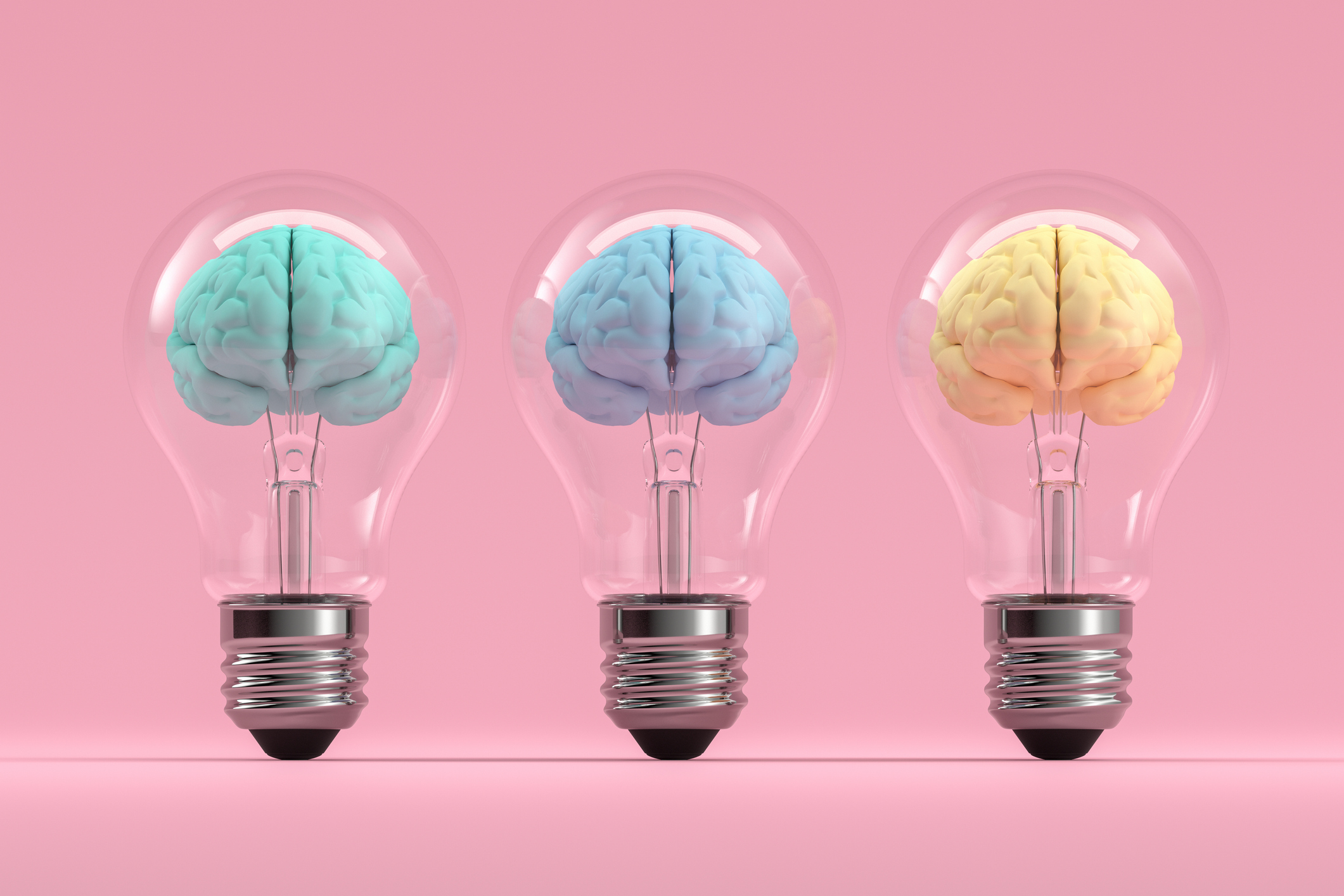AI in Teaching and Critical Consciousness



The recent proliferation of Generative AI tools has caused education leaders, policymakers, and practitioners to reconsider the multiplicitous ways teaching and learning look, sound, and feel. By the same token, social justice-oriented scholars and practitioners are considering the implications of AI as it relates to educational equity.
While some are hopeful about the potential of AI as a catalyst for pedagogical advancement, others fear that AI may perpetuate, reproduce, or exacerbate societal biases and oppressive structures in an already unjust education system.
As a social justice-oriented education practitioner grappling with the unforeseen convergence of liberatory pedagogy and AIEd, this conundrum has ignited a question in me: How might educators and students employ AI as a tool to promote critical consciousness, and how, if at all, might AIEd inform the trajectory and scope of liberatory education?
I have spent much of my adult life dedicated to understanding and actualizing my calling as an equity warrior. While in the classroom, I learned (sometimes the hard way) that my students were more willing to learn and grow when I yielded power, pushed thinking, and created space for them to share their genius and communicate freely. I have since learned that young people are powerful education leaders who have profound thoughts about what changes should be made to contribute to a better classroom, a better school, and, ultimately, a more just world.
Liberatory Education in the Age of AI

Through liberatory education, students are able to “lead their own learning”, “process information more effectively”, and “do more complex academic work” (Hammond, 2021). In alignment with education research, liberatory pedagogy engendered strong academic and social-emotional outcomes in my students, and it has undeniably contributed to my human development.
My previous classroom experience now informs my approach to adult interactions, mentorship, research, and the development of equity-oriented professional learning. Thus, as I engage in conversations about Ai in teaching, I have categorized AI tools as one of the many factors illuminating educational inequalities between white, affluent students and their Black, Brown, and low-income counterparts. Yet, tension arises in me when I consider that, while there are enormous opportunities for AI to positively impact the achievement of historically underserved students, the ethical implications and risks associated with the development and implementation of AI tools must not be ignored.
Because the structures that have influenced our current power relations and systems of oppression are interlocked into the fabric of the educational landscape, AI technologies may reproduce or amplify societal biases and oppressive structures (Barocas & Selbst, 2016; Buolamwini & Gebru, 2018; Madaio et al., 2021; Obermeyer et al., 2019; Raghavan et al., 2020). Furthermore, echoing Michele Alexander’s (2010) concept of “The New Jim Crow”, which epitomizes the implicit racism and discrimination undergirding American legislation, Ruha Benjamin (2020) defines “The New Jim Code” as:
"The employment of new technologies that reflect and reproduce existing inequities but that are promoted and perceived as more objective and progressive than the discriminatory systems of a previous era."
These inequities have undoubtedly perpetuated achievement, opportunity, and income debts among powerful groups targeted for oppression. In order to disrupt oppressive practices, groups that have been targeted must develop a critical consciousness—the ability to recognize, analyze, and take action against oppressive social forces (Freire, 1970). As I continue to work with districts and educators across the country, I have become increasingly aware that the lens through which we approach AI in teaching will have a resounding impact on the future of student learning, the vision of education, and our collective consciousness.
Key Considerations for Using AI in Teaching
We must ask ourselves the tough questions: Who has access to AIEd? How are they being taught to use generative AI tools? What sources are informing the tools? What mindsets are reflected in those sources? What opportunities exist for students to critique AI-generated content? How might educators employ AI as a tool to promote liberatory pedagogy and critical consciousness? How might students and adults use AI to recognize and take action against oppressive practices?
As a starting point to recognizing the potential of AIEd to either perpetuate or dismantle systemic educational inequities, I challenge us all to engage in deep reflection and critique. We must…
1) Reflect on how our life experiences, relationships, and biases inform our thoughts and feelings about the purpose and function of AI tools in the K-12 classroom;
2) Analyze the socioeconomic and demographic patterns associated with those thoughts and feelings;
3) Observe and understand how those thoughts, feelings, and patterns inform our approach to the use of AIEd across student groups and within an increasingly diverse public school system; and
4) Actively work to raise awareness about any unjust structures that exist within the scope of AIEd and build capacity to ameliorate those structures.
It is my hope that this process will support educators, researchers, and policy-makers with the development of liberation-oriented policies, practices, and pedagogical initiatives that will, ultimately, engender stronger student outcomes. We have a delicious historical opportunity to leverage AI tools to “demystify, explain, and analyze the unequal societal conditions'' and “transform the conditions of [students’] reality” (Garcia & Lee, 2021). Our collective responsibility to act on this opportunity must not be ignored.
This article was crafted by Dr. Tawheedah Abdullah, an independent contributor engaged by CheckIT Labs, Inc. to provide insights on this topic.
References
Alexander, M. (2010). The new Jim Crow: Mass incarceration in the age of colorblindness. The New Press.
Barocas, S., & Selbst, A. D. (2016). Big Data’s Disparate Impact. California Law Review, 104, 671-732.
https://doi.org/10.2139/ssrn.2477899
Benjamin, R. (2020). Race after technology: Abolitionist Tools for the new jim code. Polity.
Buolamwini, J., & Gebru, T. (2018). Gender Shades: Intersectional Accuracy Disparities in Commercial Gender Classification. Proceedings of Machine Learning Research, 81, 77-91.
https://proceedings.mlr.press/v81/buolamwini18a/buolamwini18a.pdf
Garcia, A., & Lee, C. H. (2021). Equity-Centered Approaches to Educational Technology. In Handbook of Research in Educational Communications and Technology (5th ed., pp. 247–261). essay, Springer Nature.
Hammond, Z. (2021). Liberatory Education Integrating the Science of Learning and Culturally Responsive Practice . American Educator. https://files.eric.ed.gov/fulltext/EJ1305167.pdf
Madaio, M., et al. (forthcoming) Beyond “Fairness:” Structural (In)justice Lenses on AI for Education. In W. Holmes & K. Porayska-Pomsta (eds.), Ethics in Artificial Intelligence in Education, Taylor & Francis.
Obermeyer, Z., Powers, B., Vogeli, C., & Mullainathan, S. (2019). Dissecting racial bias in an algorithm used to manage the health of populations. Science (New York, N.Y.), 366(6464), 447–453. https://doi.org/10.1126/science.aax2342
Raghavan, Manish and Barocas, Solon and Kleinberg, Jon and Levy, Karen, Mitigating Bias in Algorithmic Hiring: Evaluating Claims and Practices (June 21, 2019). ACM Conference on Fairness, Accountability, and Transparency (FAT*), 2020, Available at SSRN: https://ssrn.com/abstract=3408010 or http://dx.doi.org/10.2139/ssrn.3408010

Dr. Tawheedah Abdullah
Education practitioner, Musician, Poet, Mother, and Social Justice Warrior
See All Articles
Dr. Tawheedah Abdullah is an education researcher, practitioner, musician, poet, and mother. Holding a doctorate in Educational Leadership and Policy, she serves in critical roles across the education system, working to improve outcomes for historically underserved students. Her passion currently guides her work as the Technical Assistance Lead at the Southern Education Foundation's Equity Assistance Center–South.



